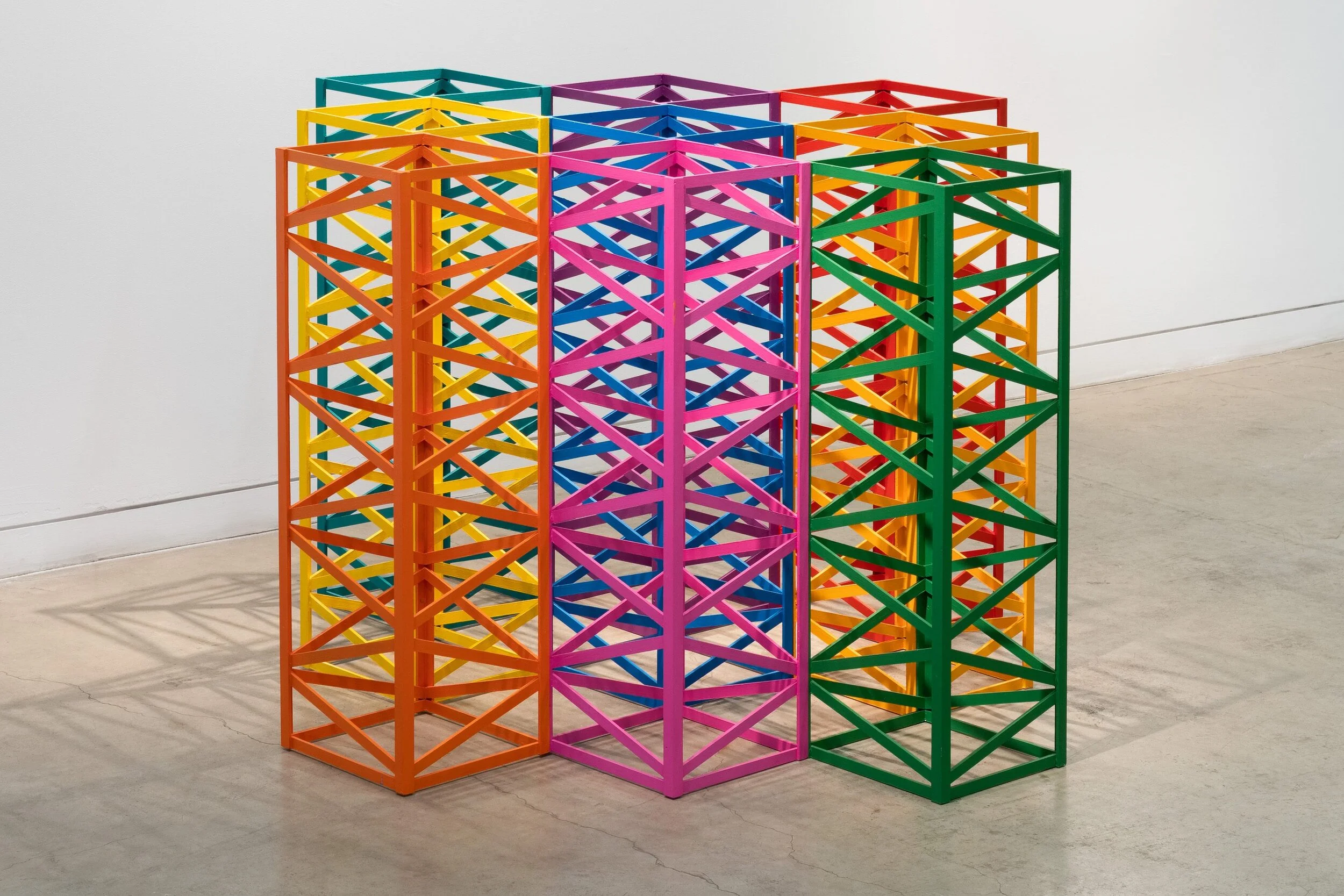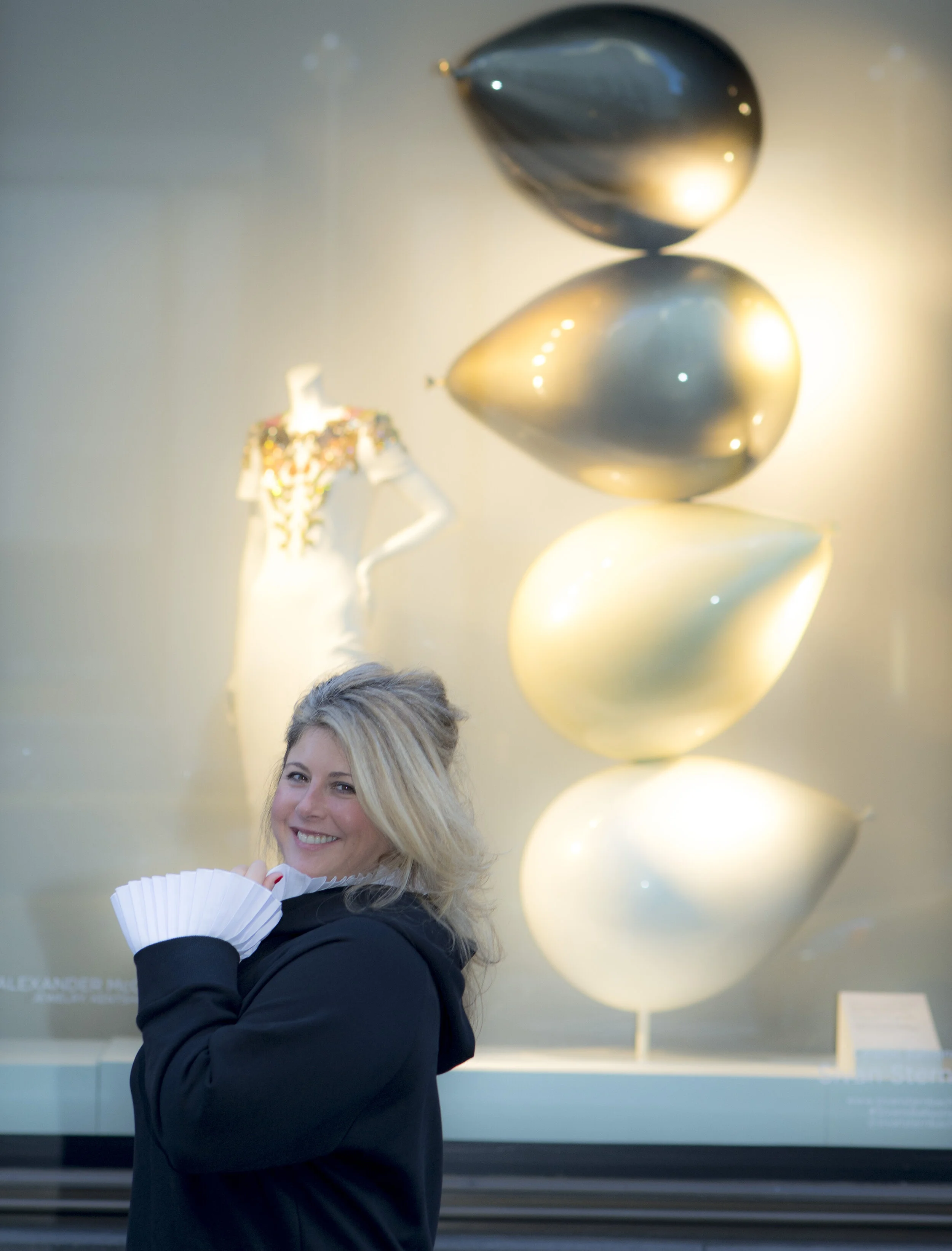The Life and Work of Rasheed Araeen- An Ode to Artistry
Rasheed Araeen does not claim to be a true artist. Yet, that does not stop his works from being shown at museums, biennales and galleries all over the world or being collected by the most discerning art lovers globally. Widely considered the father of minimalist sculpture in 1960s Britain, his works command attention because of their refined use of geometry and color. The way he transforms simple forms to works of a timeless quality might seem intuitive and incidental, but his current style is a result of a decades-long process of practice and experimentation.
The Terrene spoke to Rasheed about his life, his work and his legacy.
What kind of family did you grow up in?
My parents were from two villages in Gurdaspur and Amritsar, both now in India, from poor farming families. My father left home as a boy and lived with a family in Amritsar, where he went to school and reached the metric level. He couldn’t carry on further with his education because of financial problems, and he didn’t want to go back to the village either. So, he ended up in Karachi looking for a job, and eventually in Lasbela, a princely state of Baluchistan, where he first worked as a treasurer to the Ruler, the Jaam of Lasbela. After sometime my father was asked by the Jaam Sahib (as he was called) to open a primary school for Muslim boys in the seaside town of Sonmiani, a prosperous Hindu town.
My mother was an uneducated peasant woman, from the village of Butraan in Amritsar. She must have gotten married to my father in 1934. When my parents were in Karachi in 1935, on the way to Sonmiani, I was born. My first 10 years were spent between Baluchistan and Punjab, as my father would send us to Punjab every two years. As a result, I did not have proper schooling. In Punjab, I did many things. I worked as a cowherd, did cotton picking, and all those things that were done on a farm.
What are some early childhood memories of art? What drove you to become an artist?
Although my mother did not have a formal education, she was extremely creative. When I was seven, she asked me to draw flowers for her embroidery work. This was in fact the beginning of what led me to art. She also taught me all those things, which are usually taught to girls, such as cooking.
I only started proper education at the age of eleven, when my father sent me to Karachi where I lived with the family of an uncle. It was in the school in Karachi I started doing proper drawings. It was the encouragement of my drawing teacher, and then a meeting with SM Sultan, an artist from then East Pakistan, in 1950, which put me on the way to becoming an artist.
At some point you moved from Karachi to London? Why did you make that transition?
In the fifties my work was mostly figurative, portraits and landscapes, which was done without thinking of becoming a professional artist. My ambition was to be an architect, but there was no architectural school. So I studied engineering. However, in 1958, I realized I had to go beyond figuration and discovered the way, by chance, to produce the kind of abstract works that had no precedents. This in fact led me to doing work that could not be understood in Pakistan. So, I decided to go to Paris. But at the time I did not find Paris very interesting and I ended up in London.
How has where you live influenced your work?
There was no influence on my work in Karachi, as the artists there produced figurative works. In London, I was influenced by Anthony Caro, which led me to abandoning, at that time, painting and to take up sculpture instead, despite the fact that I had no training in sculpture.
Have you taken any big risks to move forward?
I did of course take many risks; 1) I left my country to live abroad without any finances; 2) I could have made a successful career with my painting, which I abandoned for sculpture; 3) I left a secure engineering job with a hope that I would make a career with my sculpture, which I didn’t; 4) I started publishing even when I had no experiencing in this respect; and so on…
How did you spend an average day in the studio in your younger days? How has that changed? What is a typical day like today?
I did studio work first for three years (1969-71), when I had a space as part of S.P.A.C.E studios and then two years (1992-94) with ACME studios. I would start my work at about 12 noon until 6.00 PM and then return home. I would have dinner with my wife and we would spend the remaining time drinking in a pub.
Have you had any mentors along the way?
Many people and many things in life must have influenced me, but I never believed in mentors.
Where do you find inspiration?
From life.
You have created an incredible trove of art over the decades. Is there a common thread that runs through your works?
I believe art should be beautiful, and I tried to make it as such.
How has your work evolved over time?
Yes. As experiences of life changed, my work also changed.
A lot of great artists are ironically also collectors. Do you collect art? If yes, whose works are in your collection?
True artists are those who do not claim to be artists, such as potters, carpet makers, carpenters, textile designers, etc. etc. and I have some of their works in my collection.
What kinds of lessons or wisdom do you want to pass on to the next generation of artists?
Art should be part of the everyday creativity, and I hope the future generation of artists would leave their studios and become a part of life.
What kind of legacy do you hope to leave?
I did not bow down in front of the white man. I declined the invitation for a garden party in Buckingham Palace; and recently turned down an OBE.
Words by Srishti Jindal














